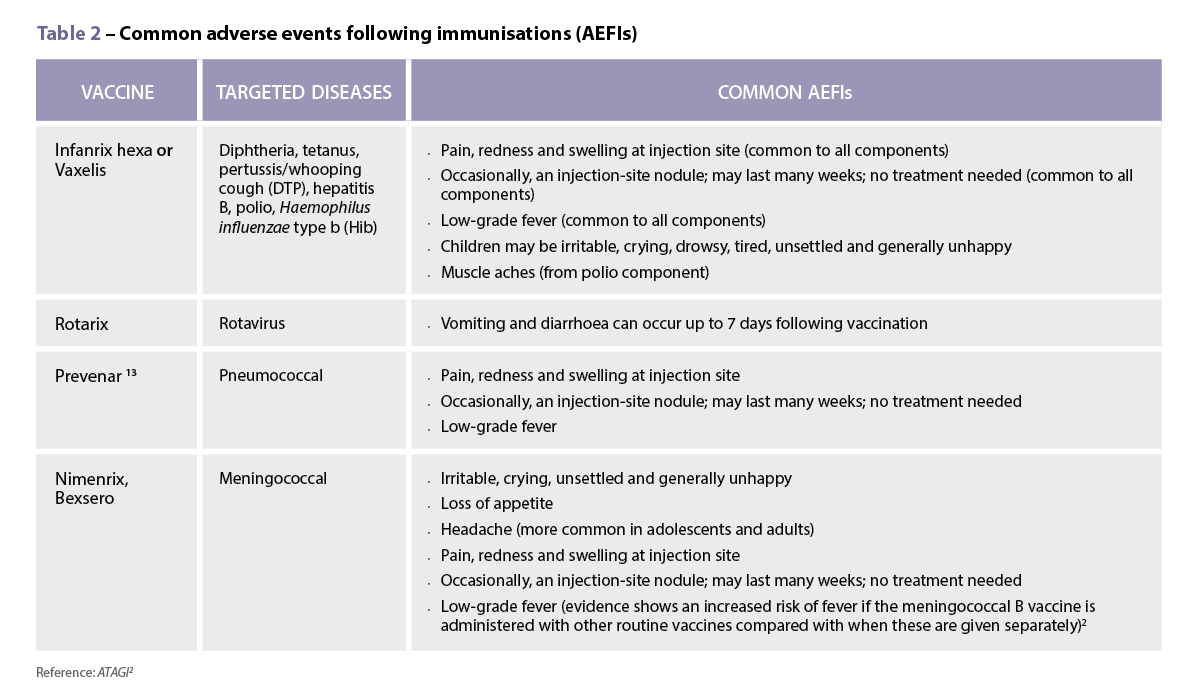Case scenario
Aaron, a very large man in his mid-30s, presents a wad of prescriptions to your pharmacy assistant and asks to speak to you. He recently moved near your pharmacy, needs repeats of his medicines and has asked if he can leave his prescriptions with you. You notice Aaron is taking multiple psychotropic agents:
- olanzapine 20 mg at night
- aripiprazole 10 mg once daily
- desvenlafaxine 50 mg each morning
- perindopril 10 mg/amlodipine 10 mg each morning
- metformin 500 mg twice daily.
Both antipsychotics were prescribed by the psychiatrist on the same day, and Aaron has been taking both for several months. You decide to investigate this antipsychotic prescribing practice.
Introduction
Psychotropic polypharmacy is the co-prescribing of two or more psychotropics from the same or different class (e.g. antipsychotic polypharmacy or an antidepressant with an anxiolytic).1,2
A high proportion of people prescribed antipsychotic polypharmacy are also taking high-dose antipsychotic therapy (HDAT). HDAT is increasingly used in the treatment of schizophrenia and other psychotic disorders.2,3 In the past decade, this practice has been the subject of debate due to perceived unproven efficacy and increasing adverse effects; however, in recent t
THIS IS A CPD ARTICLE. YOU NEED TO BE A PSA MEMBER AND LOGGED IN TO READ MORE.



 This CPD activity is supported by an unrestricted education grant by Reckitt.[/caption]
This CPD activity is supported by an unrestricted education grant by Reckitt.[/caption]





 Jess Hadley, community pharmacist and Professional Officer at PDL[/caption]
Jess Hadley, community pharmacist and Professional Officer at PDL[/caption]
 Peter Guthrey, Senior Pharmacist – Strategic Policy at PSA[/caption]
Peter Guthrey, Senior Pharmacist – Strategic Policy at PSA[/caption]


 Professor Margie Danchin[/caption]
Professor Margie Danchin[/caption]

 Dr Peter Tenni[/caption]
Dr Peter Tenni[/caption]
 How should we deprescribe gabapentinoids, according to the Maudsley Deprescribing Guidelines[/caption]
How should we deprescribe gabapentinoids, according to the Maudsley Deprescribing Guidelines[/caption]







